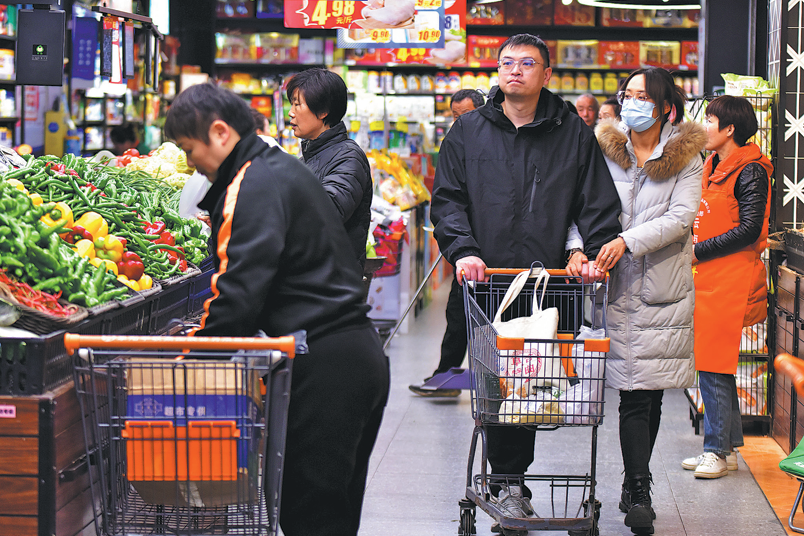Recent A-shr dip overdone, profits beckon


Benchmark Shanghai Composite Index still 5.8 percent lower than in early May
The recent downward trend in the A-share market points to opportunities for investors given the relatively lower valuation of listed companies — a consensus reached by both domestic and international financial experts.
Although the benchmark Shanghai Composite Index edged up 0.08 percent to close at 3197.76 on Wednesday, it was still 5.8 percent lower than the peak of 3395 hit in early May. The SCI has been hovering around the 3200 level since mid May.
The Shenzhen Component Index, which slid 0.6 percent to close at 10708.82 on Wednesday, has fallen 11.9 percent from its high of 12158 earlier this year.
Despite the market volatility, Chinese private equity firms have increased their positions over the past month. Data from PE market tracker Simuwang showed that its monitored PEs have invested 79.65 percent of their capital in stocks in May, the highest monthly level so far this year.
Analysts from PE firm StaRock Investment wrote in a report that both investor sentiment and A-share indexes may have also approached a near-term nadir.
Qin Peijing, chief strategist from CITIC Securities, said that the A-share market has likely touched bottom, which should provide guidance on the relative level of volatility to be expected in the second half of the year. The market has reacted overly pessimistic of late, which is mainly due to the slower-than-expected economic growth on a monthly basis. But overall recovery will be more noticeable in the third quarter due to the accumulative effect of stimulus policies and China's endogenous recovery power.
Chu Jie, portfolio manager from Guoyuan Securities, said that there will be some back and forth during China's economic recovery. Changes in the European and US markets will weigh on China's external demand. Consumption habits of Chinese people indicate a prolonged recovery at the consumption end, which could be translated into higher probability of A-share market volatility over the following months, he said.
But compared to other investment options, the A-share market has demonstrated higher return potential at present. Market adjustments will indicate investment opportunities, said Chu.
Foreign institutions have already taken action. Public data show that overseas investors have poured more than 170 billion yuan ($24 billion) into the A-share market so far this year via the northbound leg of the stock connect program linking the Shanghai, Shenzhen and Hong Kong bourses.
JPMorgan China A-share Opportunities A, the largest actively managed China-equity fund, increased its holdings in consumption counters such as Chinese liquor maker Luzhou Laojiao and Kweichow Moutai by 32.64 percent and 2.43 percent, respectively, in April. Likewise, Aberdeen China A Share Sustainable Equity Fund increased its exposure to China Duty Free Group by 14.41 percent and to Kweichow Moutai by 6.49 percent in April.
Experts from UBS Global Wealth Management's Chief Investment Office wrote in a report that the average profitability of A-share companies will rise to 14 percent this year, which will serve as a major support for A-share market performance. The current market slide is too much for a market promising rising corporate profitability, they said.
Consumption will be another supportive factor for the A-share market. Zhou Wenqun, equity portfolio manager at Fidelity International, said the current slowdown in consumption recovery is mainly due to inventory issues and will be short-lived. Consumption companies have displayed their investment value and investors should seize the proper timing to dive in.
Lu Wenjie, BlackRock China's investment strategist, said the recovery in restaurants, transportation and tourism — sectors closely related to offline consumption — has been quite noticeable, although recovery in durable consumer goods such as cars and home appliances is weaker than market expectations.
But the recovery logic is clear. As people's confidence in incomes and consumption returns, specific sectors and companies within the retail sector in particular have demonstrated investment value, he said.




































